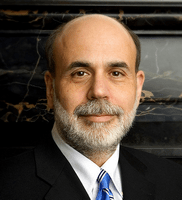Late last month, the Federal Reserve announced that it was authorizing the extension of temporary credit lines, or "currency swaps," with major foreign central banks through August. While five economies are included in the extension, it is the Fed's credit line to the European Central Bank (ECB) that is the most significant in light of Europe's continued debt woes. The decision to extend the currency swaps, which were initially scheduled to expire in January, suggests that the Fed isn't counting on 2011 to be free of international financial distress, and that it remains prepared to throw its resources behind any potential financial stabilization effort for Europe.
Here's how the currency swaps work: When a swap is activated, the Fed agrees to exchange dollars for the currency of the other party based on the market exchange rate at the time of the initial transaction. The ECB can deliver the dollars it obtains from the swap to financial institutions throughout Europe in the event that other means of acquiring dollars become increasingly costly or blocked altogether. In the meantime, the Fed simply puts the euros it receives in a special account until the arrangement is reversed. This can take place anywhere from one day to three months later, when the two parties trade back the same quantity of their currencies at the initial transaction's exchange rate.
In this case, there are no prearranged limits on the amount of currency that can be exchanged, meaning the Fed's five partners technically have an unlimited line of financing with the U.S. central bank.

